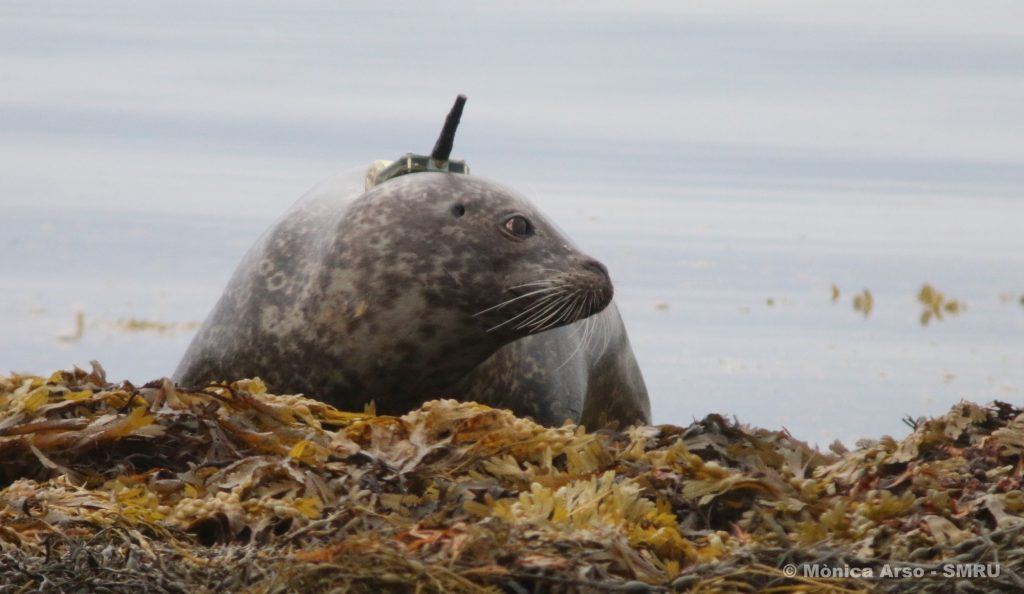Smart telemetry tags, Narrow Band IoT technology and seals: the perfect storm for an underwater Internet of Things (IoT) project at the University of St Andrews.
It’s long been said that, compared to our knowledge of space, our understanding of the vast oceans that make up the majority of the planet’s surface is pretty limited. The oceans are a living, breathing barometer of climate change, but remain relatively unexplored.
There’s lots of interesting and useful data down there, if only we could tap into it: on animal behavior; on locations and dive depths; on temperature, currents, salinity; on how sound travels underwater. In other words, we could do with a hand – or maybe a flipper.
At the University of St Andrews Sea Mammal Research Unit (SMRU), researchers are using IoT technologies to investigate the movement of Scottish harbor seals and attempt to pinpoint the reasons behind their population decline.
That decline has been dramatic on the east coast of Scotland. A reduction in numbers of around 70 percent was enough for the government to take action, approaching the SMRU to investigate.
In response, SMRU is developing smart telemetry tags that will harness the power of NB-IoT technology to track and monitor wild seals. The sensors under development at SMRU are smaller, less intrusive and attach harmlessly to seals to log data on their behavior and changing habitat.
Read more: Scotland broadens IoT landscape with four LoRa projects
NB-IoT is the future of marine research
“NB-IoT technology is the future of our research and allows us to springboard from the success of our previous work using M2M technology and capture far more detailed data in a much more efficient way,” said Dr Bernie McConnell of SMRU.
“Many species, both marine and aquatic, are under threat. NB-IoT is ideally suited to be a global carrier of animal information that will provide vital data needed to inform and benefit wildlife conservation worldwide.”
The SMRU’s low-power devices will run on NB-IoT, a low-power, wide area network (LPWAN) technology, now standardized thanks to the GSMA’s Mobile IoT Initiative. The network is expected to be the foundation of any ocean-based connected system deployed for conservation and climate change projects in future.
 SMRU’s 2016 project used less efficient M2M technology.
SMRU’s 2016 project used less efficient M2M technology.
SMRU hopes to trial the new NB-IoT enabled telemetry tags later in 2017. Last year, the team successfully gathered information for analysis from harbor seals using machine-to-machine (M2M) technology. The new network has the capacity to capture more detailed data than ever before, in a more energy-efficient manner.
Read more NB-IoT market to grow exponentially in next five years
UN Sustainable Development Goals
“The GSMA is supporting the UN’s Sustainable Development Goals by exploring how mobile technology can be utilized to capture vital information to support wildlife conservation projects around the world, as well as protect the oceans, seas and the species living in them,” commented Alex Sinclair, chief technology officer at GSMA.
“The intersection between Mobile IoT technologies and global conservation projects such as this is exciting, timely and powerful and will play a fundamental role in helping to achieve healthy and productive oceans.”
In fact, whether it’s gathering data to inform decision-making, or collecting evidence to convince doubters of the validity of climate change, building an underwater network could be a big step toward preserving the planet for future generations.